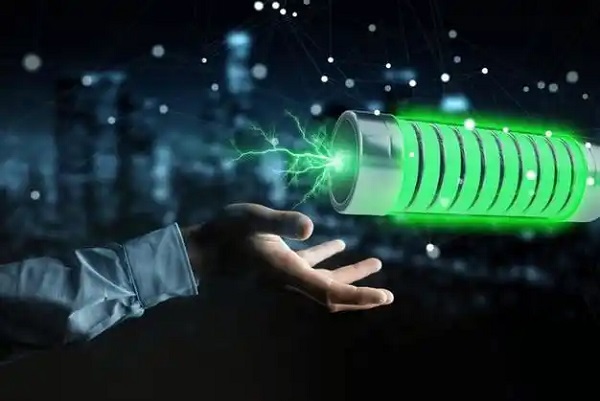When storing lithium-ion polymer (Li-Po) batteries, you need to consider their chemical properties to avoid performance degradation, damage, or even safety hazards caused by improper storage. The following is a scientific and practical storage guide:

1. Power management: avoid extreme charge states
- Ideal power range: During long-term storage, the battery voltage should be maintained at 3.7V–3.85V/cell (corresponding to approximately 40%–60% power).
- Reason: Full charge (4.2V/cell) will accelerate electrolyte decomposition and oxidation of positive electrode materials; full discharge (<3.0V/cell) may cause the negative copper collector to dissolve, causing permanent damage.
- Lipo Battery Short-term storage (<1 month): The power can be maintained at 20%–80%, but it still needs to be adjusted to an intermediate value for a long time.
2. Temperature control: slowing down the rate of side reactions
- Optimal temperature: 10°C–25°C (such as a cool and dry indoor environment).
- High temperature risk: For every 10°C increase in temperature, the rate of side reactions doubles (such as thickening of the SEI film and gas production), resulting in accelerated capacity decay.
- Low temperature taboos: Below 0°C may cause the electrolyte to solidify, and lithium is easily precipitated during charging and discharging (dendritic growth pierces the diaphragm, causing a short circuit).
- Extreme cases: If long-term storage (>1 year) is required, it can be sealed and placed in a 5°C environment (such as an electronic moisture-proof box), but condensation must be avoided.
3. Humidity and sealing: Block environmental erosion
- Humidity requirement: Relative humidity <60% to prevent water vapor from causing electrode corrosion or micro short circuit.
- Sealing suggestion: Put the battery in an antistatic bag or sealed box and add a desiccant (such as a silica gel bag).
4. Physical protection: avoid mechanical damage
- Insulation treatment: cover the electrodes with tape or plastic caps to prevent short circuits caused by contact with metal objects.
- Anti-pressure and shockproof: avoid stacking heavy objects or severe vibrations (such as falling may damage the internal structure).
5. Regular maintenance: dynamic monitoring and adjustment
- Inspection cycle: Measure the voltage every 3 months. If it is lower than 3.3V/cell, recharge it to 3.7V–3.85V.
- Abnormal handling: If the battery swells, leaks, or the voltage is abnormal (such as self-discharge rate >5%/month), it should be stopped immediately and safely discarded.
6. Activation after long-term storage
- Before first use:
1)Slowly charge to 3.7V–3.85V/cell (0.2C current).
2)Stand for 24 hours and observe whether it is abnormally hot.
3)Normally charge and discharge 1–2 times to restore performance.
7. Safety regulations
- Fire prevention measures: Keep away from flammable materials. It is recommended to store in a metal fireproof box (such as an ammunition box).
- Ventilation environment: Avoid confined spaces to prevent the accumulation of gases (such as CO, CH₄) generated by the decomposition of the electrolyte.
Appendix: Storage strategies for different scenarios
|
Scenario |
Suggested Actions |
| Everyday backup battery |
Keep the battery at 50% and place in a drawer (away from light and dry). |
| Drone/model battery |
Discharge to 3.8V/cell, store in explosion-proof bag separately, away from high temperature engine compartment. |
| Extreme climate areas |
Thermostatic box controls the temperature (15°C±5°C) and is equipped with a humidity monitor. |
Key scientific basis
- Arrhenius equation: Temperature increase accelerates side reactions (capacity loss is exponentially related to temperature).
- Voltage and SEI stability: SEI film continues to grow at high voltage, consuming active lithium; SEI may rupture at low voltage.
Following the above principles, the annual capacity decay rate of lithium polymer batteries can be controlled at <5%, significantly extending the service life (usually up to 500-1000 cycles).




